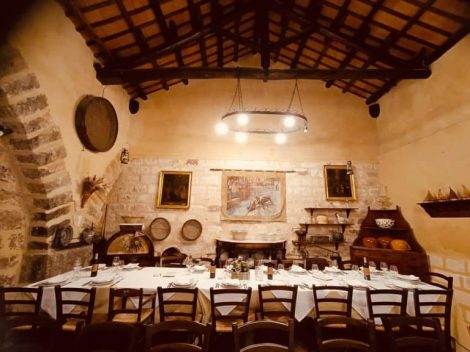Matrimony and the wedding cake
For many it's a formality, for others it's an essential event for a couple's life, or more simply a party to seal their love: however you want to see it, nuptials are still the main event of the summer season, which from May to mid October witnesses a series of ceremonies of all kinds. Especially this year, when finally even all the couples who had to give up their special day due to the pandemic can exchange vows. Whether it's classic or traditional, in country style with an eye to sustainability, with an entirely vegan menu or with a barbecue formula for a summer evening in the open air, with a religious, civil or even symbolic rite––a choice increasingly appreciated by young spouses who can in this way involve a friend or family member in the celebration of their wedding––there are many ways to celebrate one's love story. But what unites them all is the importance of food. The rituals related to food in weddings are in fact different and vary from country to country, from region to region, always placing the concept of conviviality and sharing at the centre. But there is only one specialty that cannot be missed across cultures: the wedding cake. The symbolic dessert has evolved over the years, retaining its meaning as a good omen for the start of a new life together.
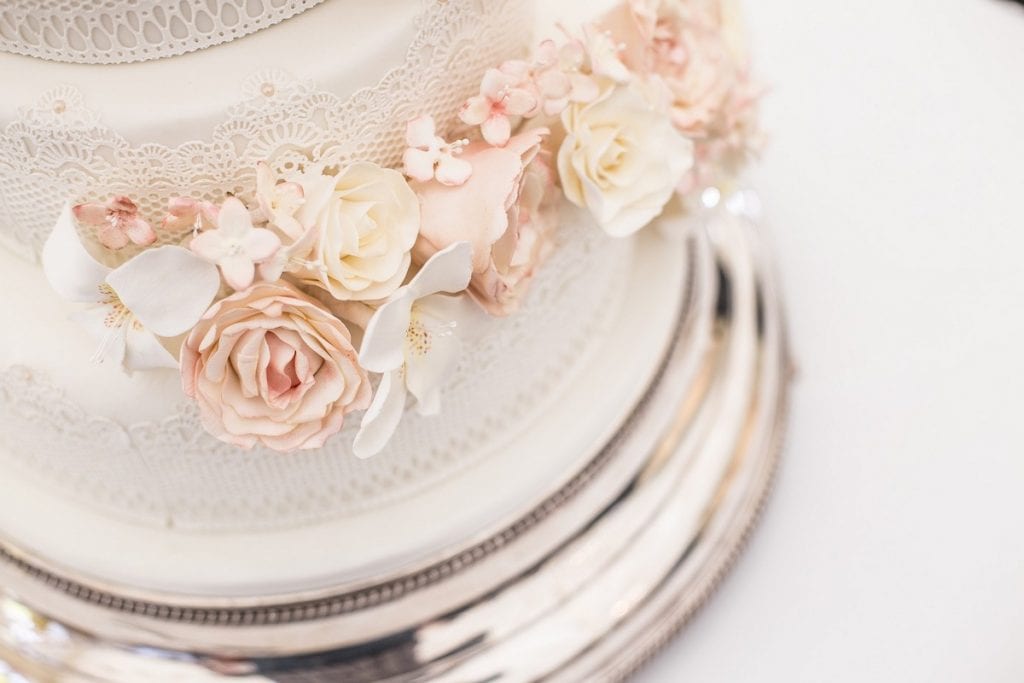
The origins of the wedding cake
Traditionally in several layers and coated with white icing, today wedding cakes are prepared in many ways, with decorations in sugar paste or in the naked version, without icing and exterior spreads, very in style in the last few years. Decorated with fresh flowers and aromatic herbs, coloured ribbons and fun toppers representing the spouses, round according to tradition just like the rings that represent love without beginning or end, but often also present in square or rectangular shape, with creative shapes and particular details. And to think that originally, when it was prepared in Ancient Greece, it was nothing more than a dough made of flour, honey and sesame seeds: the latter, in particular, were a precious ingredient for the Hellenic culture and represented a wish for fertility. Honey was always the protagonist of weddings in Ancient Rome, mixed with fruit and flour, to create rustic sweets that were crumbled on the bride's head as a sign of abundance and prosperity. It would seem, in fact, that the ritual of throwing wheat - later replaced by rice - was born because of this custom of the crumbs.
The bride's cake, with offal
Desserts have therefore always been present during weddings, but the more slender shape similar to the current one began appearing only in the Middle Ages. In particular it was in the United Kingdom that the tradition of stacking cakes was born to form a delicious mound. At the time, the kiss of the couple had to take place right on top of the pile of sweets: if this remained intact even after the kiss, the marriage would have been long-lived and happy. Another custom of the past was to raise the composition of cakes according to the number of guests: the higher the dessert, the more people were close to the bride and groom. In the 17th century, once again in Anglo-Saxon countries, the bride's pie came to be, a specialty made with savoury ingredients that hid a ring inside it: the lucky one who found the jewel would be the next to get married. No sugar or sponge cake, but rather offal: the first written trace of this preparation is found in the 17th-century volume "The Accomplisht Cook" by Robert May, which speaks of a round cake with lamb testicles, rooster combs and sweetbreads.
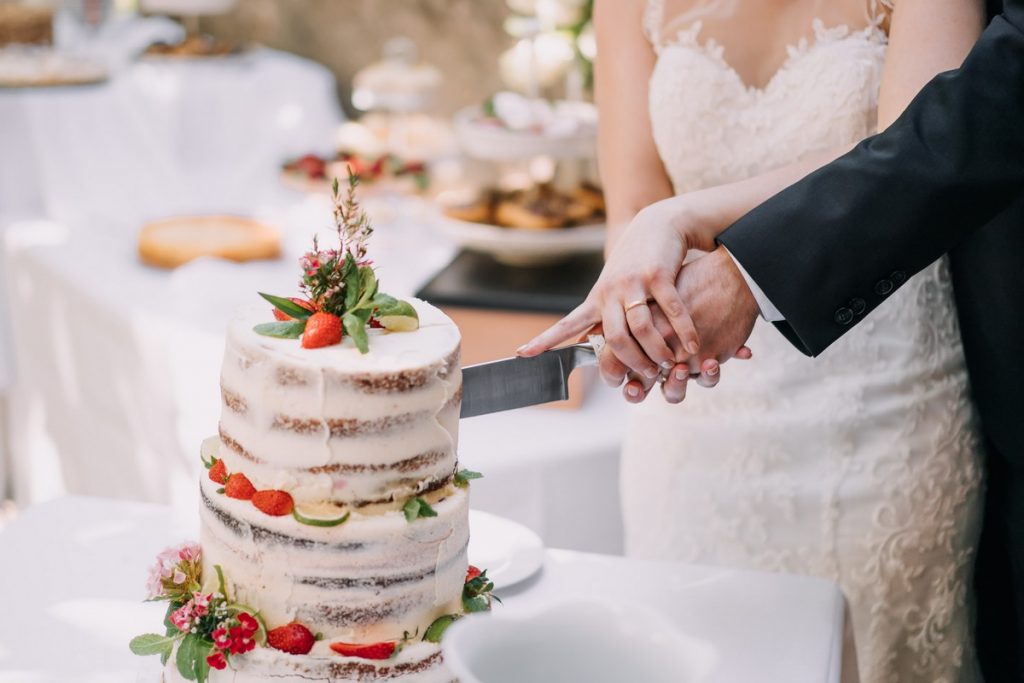
The groom's cake and royal icing
There is, of course, a cake for the groom, too: the groom's cake began spreading in the same period in Yorkshire, becoming increasingly popular starting from the Victorian age: it was a dark dessert made with nuts and candied fruit, smaller than the bride's pie, and which was cut into squares and given to guests at the end of the day as a souvenir of the wedding, a sort of edible party favour. We have to wait another two centuries for the wedding cake to begin to take on an appearance similar to the contemporary one, with white decorations designed recalling the purity of the bride, but also the well-being of families: sugar, in fact, was very expensive at the time, therefore a frosted cake meant that parents could afford larger expenses. Even today, royal icing is so called because of wedding cakes, in particular the one of Queen Victoria, almost three metres wide and weighing 140 kilos!
Traditions and the ritual of cutting the cake
Whatever the chosen wedding cake, the moment of cutting the cake is one of the most romantic and evocative of the entire ceremony. After dinner (or lunch), a special space is chosen to devote to this ritual, generally outdoors. If in the evening, the moment is accompanied by lights and candles, there's always background music as well as photographs. As you know, the cut must be done together… but how? Tradition has it that the bride holds her knife, while the groom places his hands on hers. The first bite is usually intended for the couple, although an ancient tradition, called the "five slices," dictates a dfferent order: the bride will serve the first slice of cake to her husband, then to her mother-in-law, to her mother, to her father-in-law and finally to her dad. An ancient and often forgotten custom, which will delight lovers of etiquette. A recent custom coming from the United States and which is also becoming popular in Italy is instead keeping the highest and smallest layer of the cake in the freezer and taking it out at every anniversary to relive a magical moment. American pastry art, however, is very different from the Italian one: sugar paste cakes are more easily preserved, while the traditional Italian ones with fresh creams will hardly last for a year, even if stored in the freezer. A word of advice: keep the cake topper, whether it's made of sugar, plastic or wood, and use it year after year to decorate a fresh cake and relive the emotions of the big day.
by Michela Becchi

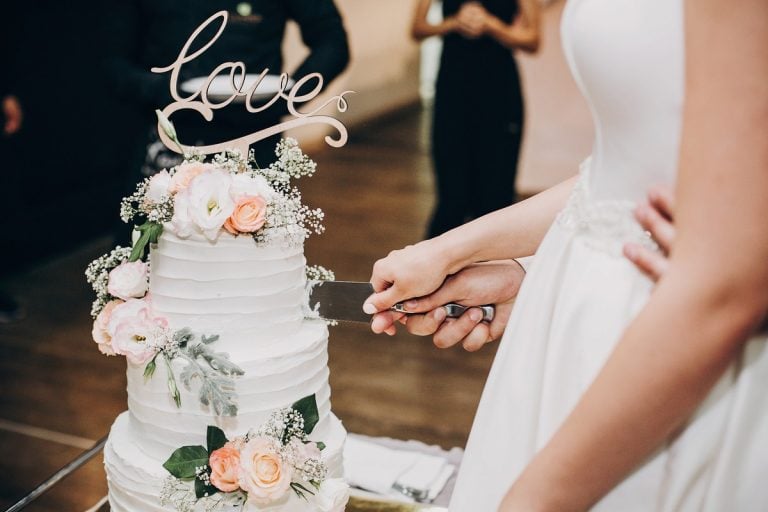
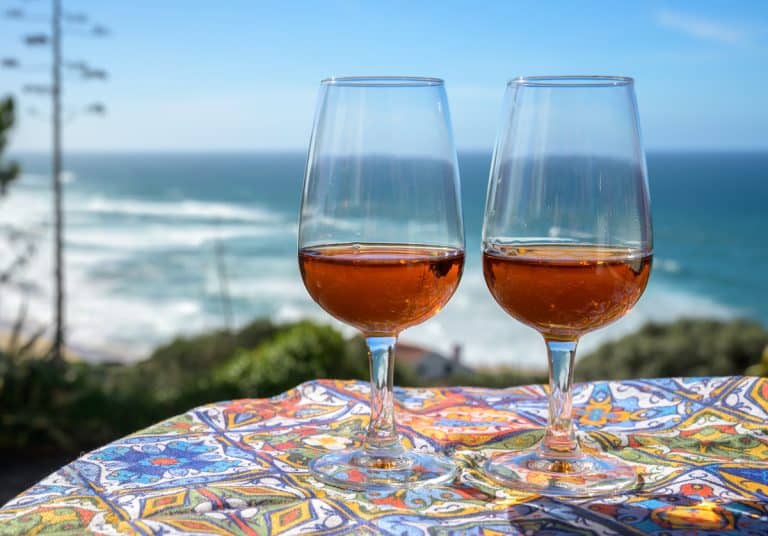 The irresistible charm of oxidative wines: the diaries of a Master of Wine
The irresistible charm of oxidative wines: the diaries of a Master of Wine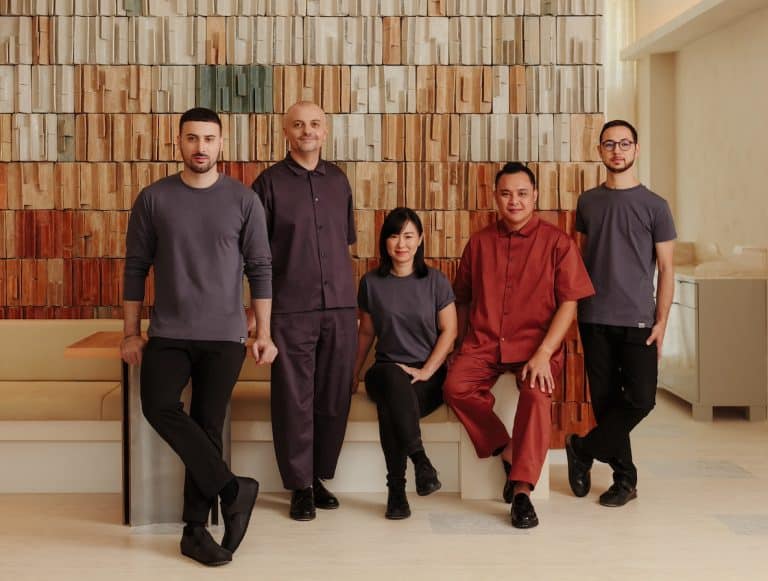 "A Puglian cuisine without orecchiette or traditional dishes": Somma in Singapore explores the fine dining of the future
"A Puglian cuisine without orecchiette or traditional dishes": Somma in Singapore explores the fine dining of the future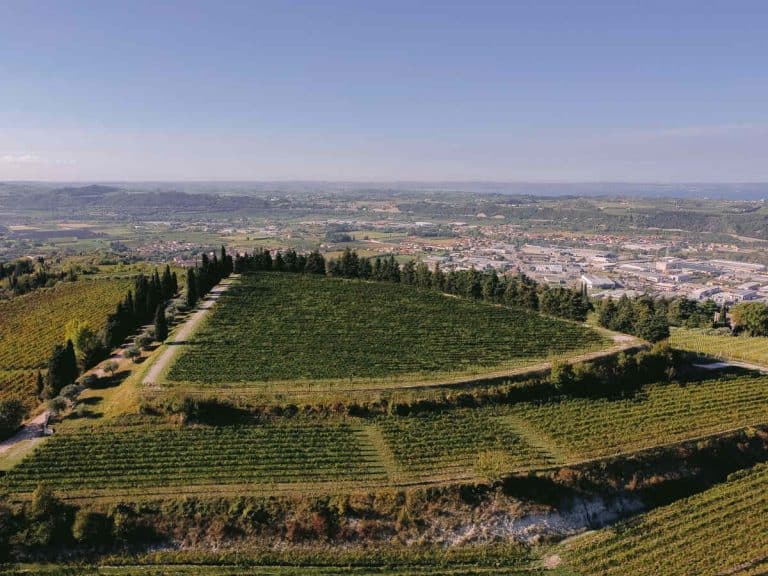 Here's how Valpolicella is evolving through the journey of an iconic wine
Here's how Valpolicella is evolving through the journey of an iconic wine "Chenin Blanc will be the new Chardonnay": Interview with Master of Wine Madeleine Stenwreth
"Chenin Blanc will be the new Chardonnay": Interview with Master of Wine Madeleine Stenwreth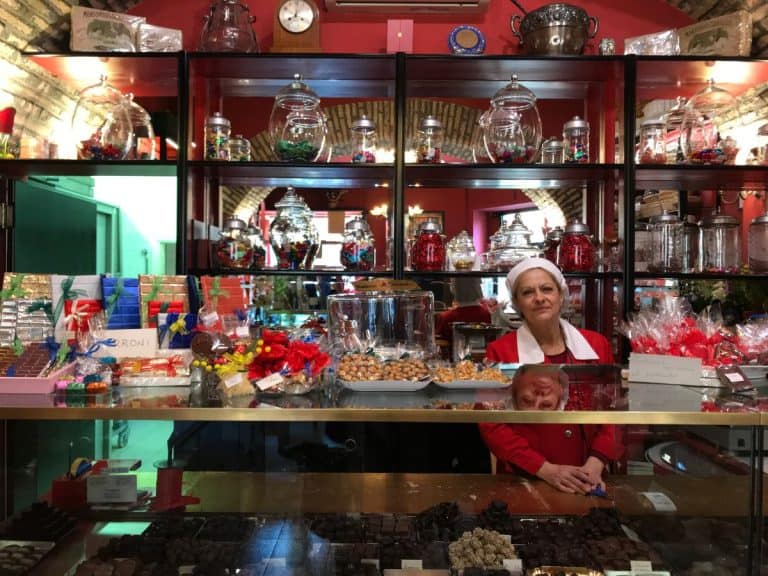 The ancient chocolate factory hidden in the alleys of Rome
The ancient chocolate factory hidden in the alleys of Rome




